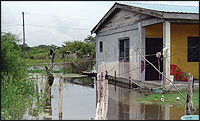
Support authors and subscribe to content
This is premium stuff. Subscribe to read the entire article.
Login if you have purchased
East Tennessee State University will host a ribbon-cutting ceremony in June to celebrate the completion of its newly renovated lab...
Read more
© 2024 The O&P EDGE